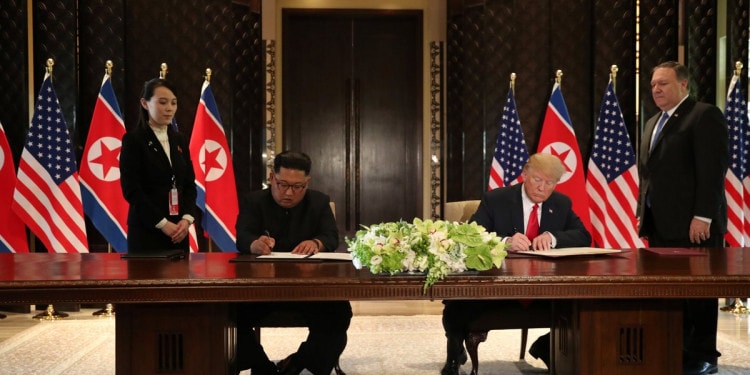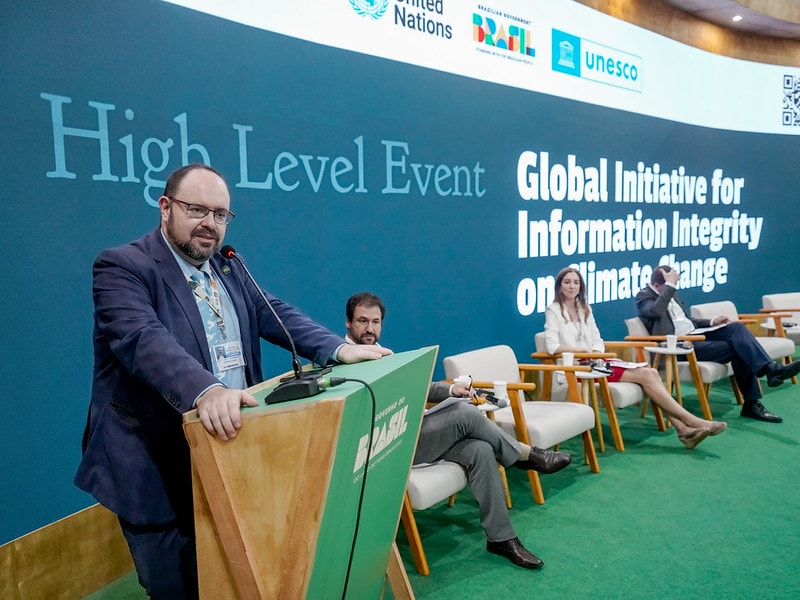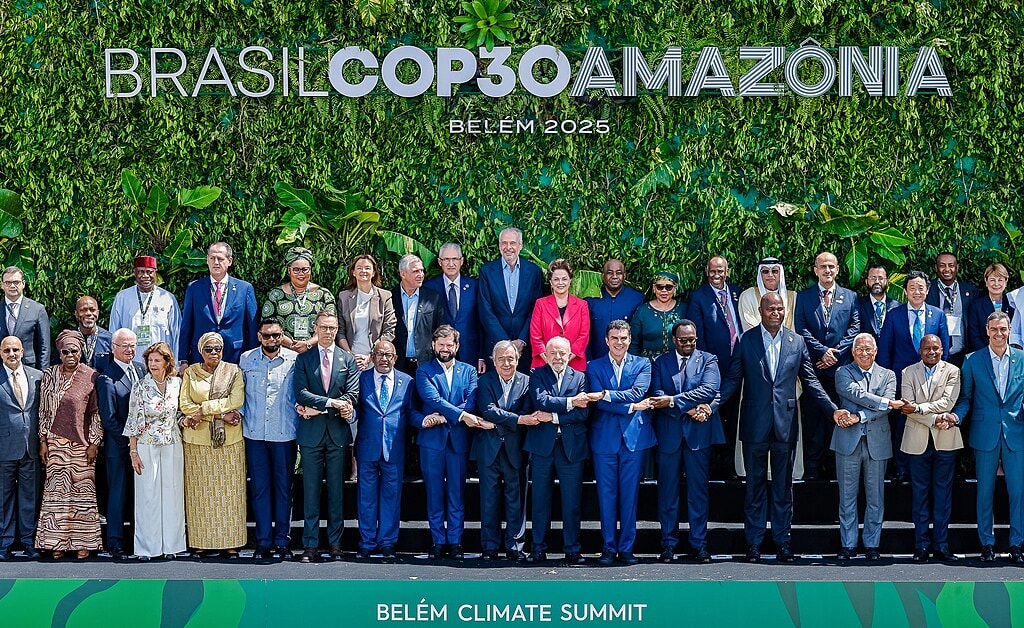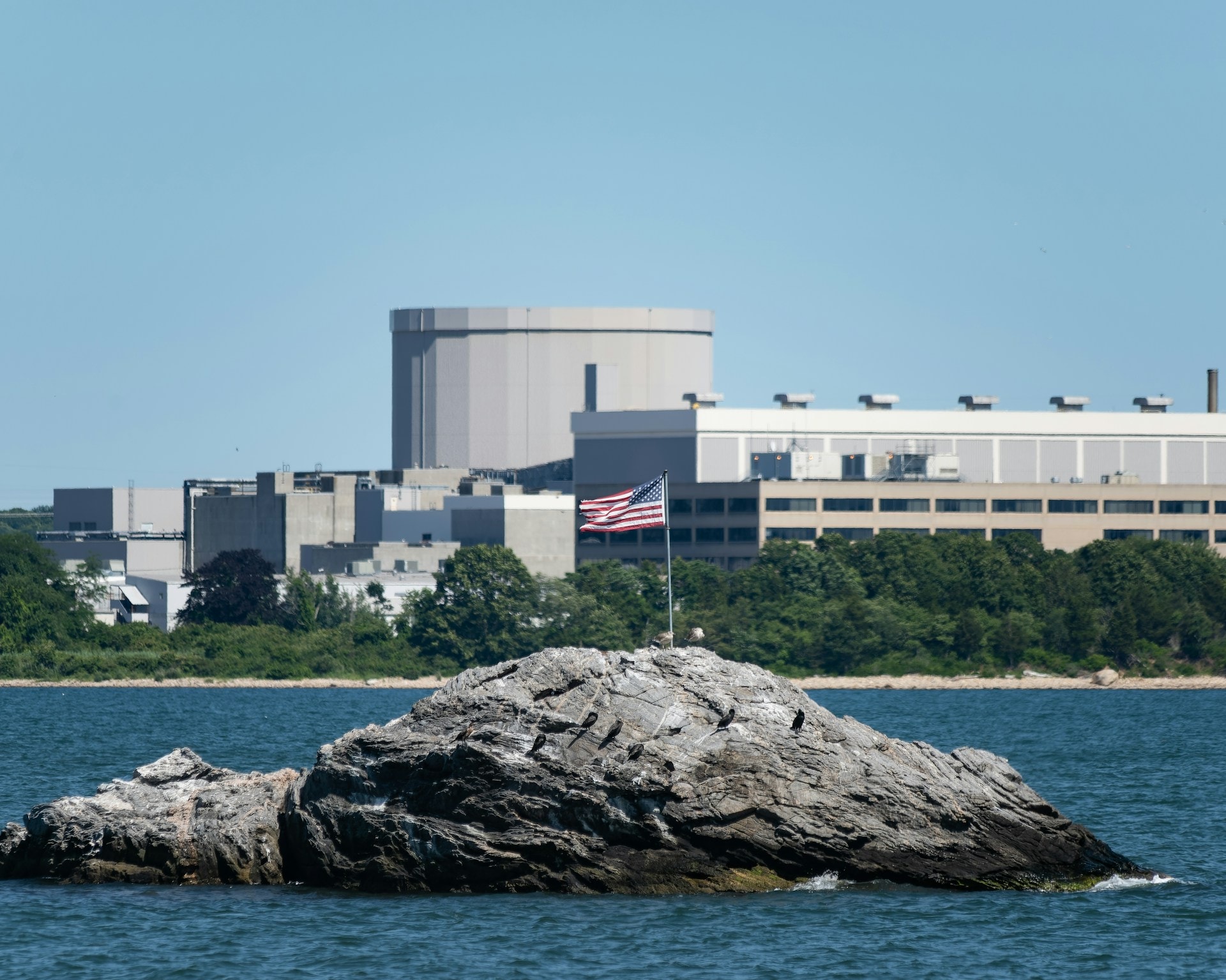Predictably, Trump gushed over his “historic summit” with North Korea leader Kim Jong Un, making a string of optimistic declarations to reporters in Singapore. “I think both sides are going to be impressed with the result,” he said. “We’re going to take care of a very big and very dangerous problem for the world.” He claimed Kim’s commitment to denuclearization was “unwavering” and he added he would “absolutely” invite Kim to the White House to continue the talks.
No tweets yet, but plenty of videos of the event, here is the signing of the agreement – without releasing in advance the text to journalists:
At the follow-up news conference, it became apparent that, with the signing of the so-called “Singapore agreement”, the only thing of substance Trump obtained was that “working level talks” would now take place.
The point is this: They would have to take place within the framework of the agreement Trump and Kim Jong-un signed, just four points:
- to establish new U.S.-North Korean relations “in accordance with the desire of the peoples of the two countries for peace and prosperity;”
- to join “efforts to build a lasting and stable peace” on the peninsula;”
- to reaffirm the declaration Kim signed at his summit with South Korea’s president on 27 April 2018; and
- to recover the remains of Americans lost or killed during the Korean War.
Good intents and vague words. But that’s OK, it allows for total flexibility. The game will now be played at the diplomatic “working level” – and that means it’s in the hands of Mike Pompeo. And Trump was quick to reaffirm in a news conference following the meeting that sanctions on North Korea would continue.
Not a bad result. Trump looks like he’s achieve some kind of victory, and Kim Jong-un likewise. But it’s a meagre win for Trump – not much more than face-saving.
Fox News, as expected, reported it as a big historic victory:
Not so the financial world. It took it in stride, the dollar was merely “choppy” and markets barely registered the event, most of investors judging it not “game changing”.
Experts are also generally skeptical that anything was gained. Adam Mount, Senior Fellow, American Federation of Scientists, told Reuters the agreement is “vague and aspirational”, it is “significantly softer than the language North Korea agreed to in 2005”. Anthony Ruggiero, Senior Fellow at the Foundation for Defense of Democracies, a Washington think tank, is a little more optimistic, but not much: “This looks like a restatement of where we left negotiations more than 10 years ago and not a major step forward,” adding: “The North Koreans have made this commitment many times before and each time they have broken those promises.”
Consider the facts.
It is true that Kim Jong-un has committed to “complete denuclearization” but not of North Korea alone – of the whole Korean peninsula. And the problem is this: the two most important points American negotiators have always striven for, that North Korea denuclearization should be “verifiable” and “irreversible”, are missing.
Instead, by talking about denuclearization of the whole Korean peninsula, Kim is implicitly suggesting that America, since it is a nuclear power, should eventually withdraw from South Korea.
So Trump got neither an “iron-clad” denuclearization deal, and, more surprising, he didn’t even obtain the official end of the Korean War (an armistice stopped it, not a treaty) – which was something I thought he would try to obtain: It was the one area where a clear win could be made without giving up much.
Of the two, Kim Jong-un probably got the better “deal”. North Korea, now that it is committed to “complete denuclearization” will no longer be a pariah of the international community. It can look forward to the eventual lifting of sanctions. In the meantime, they are likely to be softened.
It is worth noting that the above point (3) of the Singapore agreement is the most important since it refers to the Panmunjom Declaration the two Korean leaders signed on 27 April 2018. It calls for improving and cultivating “inter-Korean relations” and promoting “co-prosperity”.
This opens the door to economic cooperation between North and South Korea and it is precisely what both South Korea and China wanted: To be able to engage in trade and aid with North Korea without the risk of incurring American sanctions.
No question, Trump has been true to his reputation as a “deal maker”. He eschewed all preparations, even bragging before the meeting that he needed none. For what he obtained, there was indeed little need for preparation.
Essentially, the US’s traditional demands were not met, or at least only very partially. No secure and verifiable denuclearization, no official end to the Korean War.
In short, all the work remains to be done on the American side, while the North Koreans can look forward to escaping sanctions in a near future and enjoy better days, buoyed by a flourishing trade with their neighbors, South Korea and China.
Not much of a win for Trump, but a great photo op.
Editors Note: The opinions expressed here by Impakter.com columnists are their own, not those of Impakter.com
Featured Image: Trump and Kim Jong Un sign agreement, Singapore, 12 June 2018. Credit: Reuters














